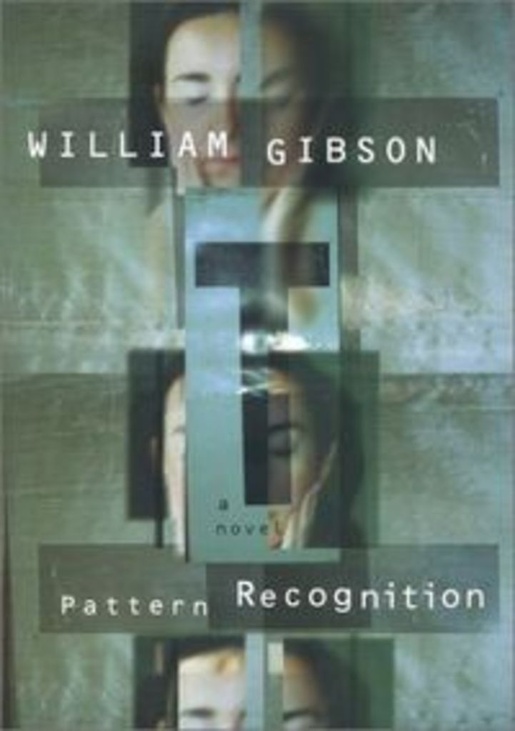
|
||
 Enlarge
Enlarge
|
Licensing | |
In 2003 William Gibson published his eighth novel, Pattern Recognition. The book has been labeled science-fiction, though the story line takes place in the recent, post 9/11 past. The plot follows a female protagonist, Cayce, who is hired by the advertising firm Blue Ant to appraise logos for its clients. Cayce, works "cool-seeker" on a freelance basis, wielding her hyper-sensitivity for esthetic at great profit in fashion and advertising industries. Her sensitivity is associated with an acute, allergic reaction to brand names and corporate logos; sight of the Michelin Man causes her intense nausea and vertigo.
In Pattern Recognition, William Gibson directly conjures Japan as Cayce travels to Tokyo on a job. From her hotel room, Cayce looks out over Tokyo and sees “a remarkably virtual-looking skyline, a floating jumble of electric Lego, studded with odd shapes you somehow wouldn’t see elsewhere”. This description of the modern Tokyo skyline elicits two common elements of 19th and early 20th century European (read Caucasian) imagining of Japan as a “floating world” and “existing in a different reality”. European portrayal of Japan as the “floating world”, explicitly cultivates the fantasy world of the Orient. This fantasy has often problematically informed popular understanding of Japan/Asia in the European context, as it stands in for direct experience and inextricably carries cultural bias. Gibson describes the ubiquitous presence of industrial and commercial imagery in Japan, and produces an image of Tokyo both mechanized and divorced from nature. As Cayce walks through the streets of Tokyo, she passes a road maintenance crew and watches as they cut through asphalt. She thinks to herself that “she’s never actually seen soil emerge from any incision they might make in the street, here: it’s as though there is nothing beneath the pavement but a clean, uniformly dense substrate of pipes and wiring.” The author and the reader selectively focus on the exotic elements of Tokyo, jointly producing the imagined, essentialized Japan; simultaneously exotic fantasy of the “floating world” and mechanized, super-modern, industrial landscape.
This work is licensed under a Public Domain
 jwoodside
—
Última actualización Mar 30 2011 8:00 p.m.
jwoodside
—
Última actualización Mar 30 2011 8:00 p.m.


 mpitelka
mpitelka


 William Gibson's Japan
William Gibson's Japan
 Journal feed
Journal feed
